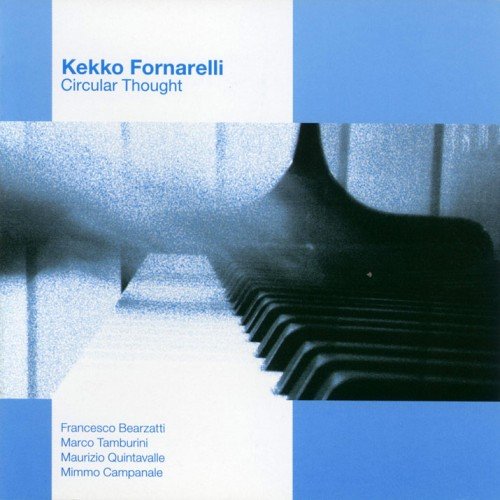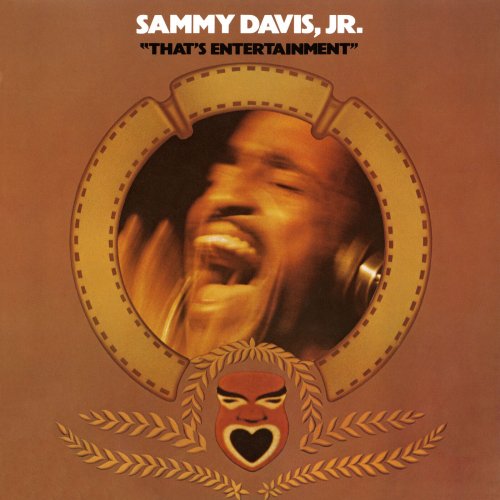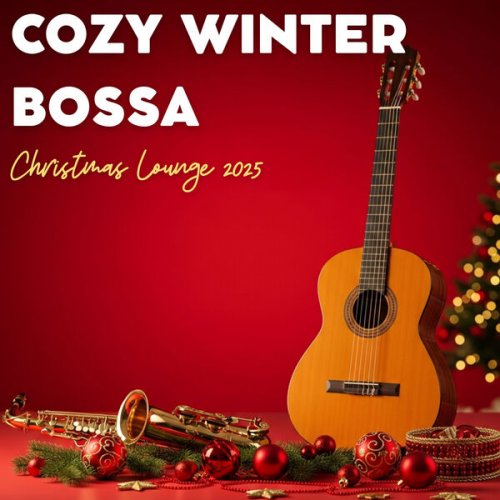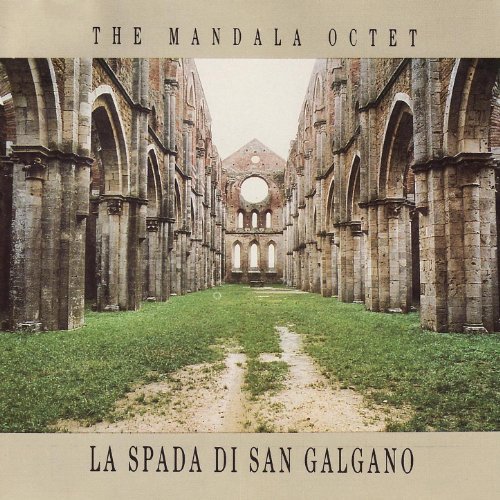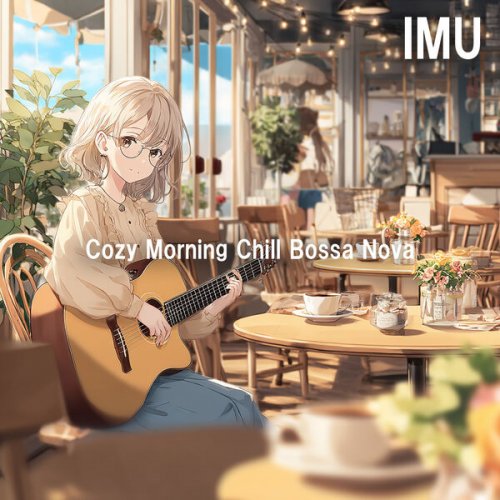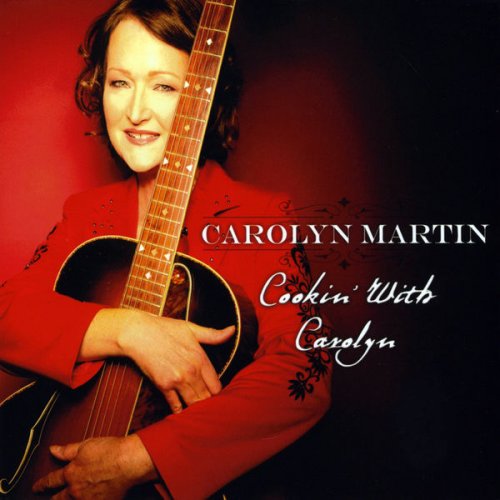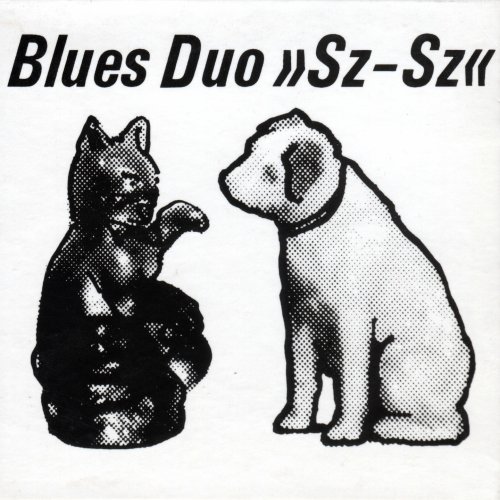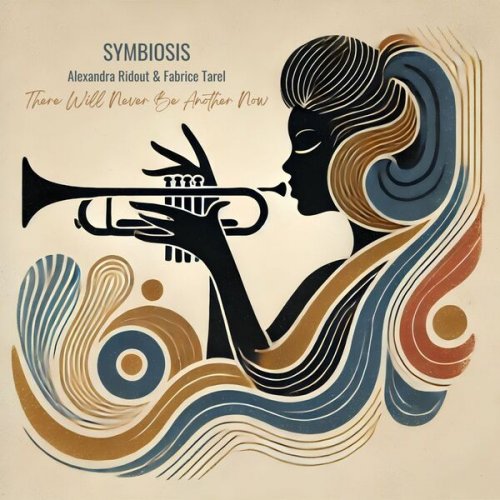Alex Ward Quintet - Glass Shelves And Floor (2015)
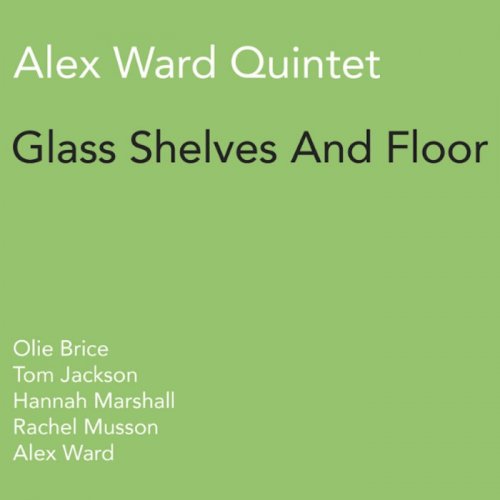
Artist: Alex Ward Quintet
Title: Glass Shelves And Floor
Year Of Release: 2015
Label: Copepod Records
Genre: Free Jazz, Avant-Garde Jazz, British Jazz
Quality: FLAC (tracks)
Total Time: 01:06:48
Total Size: 315 MB
WebSite: Album Preview
Tracklist:Title: Glass Shelves And Floor
Year Of Release: 2015
Label: Copepod Records
Genre: Free Jazz, Avant-Garde Jazz, British Jazz
Quality: FLAC (tracks)
Total Time: 01:06:48
Total Size: 315 MB
WebSite: Album Preview
01. Glass Shelves And Floor (Version 1 - Studio) (31:23)
02. Glass Shelves And Floor (Version 2 - Live) (35:24)
From the personnel of his new quintet, it is obvious that clarinetist Alex Ward keeps his finger on the pulse of the London music scene. In selecting players to join him, he has hit upon four highly-rated musicians who have been impressing audiences in the capital for some years. The quintet's cellist Hannah Marshall is a long-standing member of London Improvisers Orchestra as well as such fine groups as Barrel, Haste, Trio of Uncertainty and a trio with the quintet's tenor saxophonist Rachel Musson plus Julie Kjaer. In addition to that trio, Musson herself performs in a duo with fellow saxophonist Kjaer and another with Olie Brice, the quintet's bassist who has recently been making waves himself as a leader. Another connection within the quintet is between Ward and the quintet's other clarinetist, Tom Jackson. Although Jackson straddles contemporary composition and improvisation, he and Ward are an established improvising clarinet duo which has demonstrated impressive levels of mutual understanding. All of these connections mean that the newly-convened quintet was building on solid foundations.
The quintet's instrumentation of cello, double bass plus tenor saxophone and clarinets is bold and adventurous, giving a soundscape that is rich and satisfying despite its novelty. For this quintet, Ward wrote the extended title piece which combines notated material with both free and directed improvisation. Ensemble passages are exquisitely written to bring out the best of the instrumentation, with criss-crossing lines complementing each other perfectly. Transitions between written and improvised sections are skilfully managed so they are smooth and easy without any clunky gear changes or jump cuts. In an inspired move, this album consists of two contrasting renditions of the composition, one recorded live in concert and the other studio-recorded two days later, both having been captured in March 2014—altogether nearly sixty-seven minutes of music.
Comparison of the versions reveals that the composition provides a structure within which there is considerable scope for freedom, both by individuals or combinations of players, ensuring there is enough difference between the versions to keep them interesting. Listening to the album straight through, it never gives a sense of déjà vu to hear one version immediately after the other. For instance, five minutes into the studio version, a solo from Musson demands attention and, sure enough, there she is in the same place on the live version, with a very different solo but one that is just as effective, both times being supported by Brice, in an echo of their duo.
Across the album, all five members are given opportunities to shine, but without it ever feeling like a procession of soloists. Throughout, there is a healthy mixture of solos, duets, trios and ensemble passages, which keeps the music fresh and engaging. Given that, it would not seem fair to single one player out for particular attention. However, as it is his group and music, mention must be made of Ward's achievement in convening a quintet that has a very bright future. Otherwise, congratulations all round. - John Eyles, All About Jazz
The quintet's instrumentation of cello, double bass plus tenor saxophone and clarinets is bold and adventurous, giving a soundscape that is rich and satisfying despite its novelty. For this quintet, Ward wrote the extended title piece which combines notated material with both free and directed improvisation. Ensemble passages are exquisitely written to bring out the best of the instrumentation, with criss-crossing lines complementing each other perfectly. Transitions between written and improvised sections are skilfully managed so they are smooth and easy without any clunky gear changes or jump cuts. In an inspired move, this album consists of two contrasting renditions of the composition, one recorded live in concert and the other studio-recorded two days later, both having been captured in March 2014—altogether nearly sixty-seven minutes of music.
Comparison of the versions reveals that the composition provides a structure within which there is considerable scope for freedom, both by individuals or combinations of players, ensuring there is enough difference between the versions to keep them interesting. Listening to the album straight through, it never gives a sense of déjà vu to hear one version immediately after the other. For instance, five minutes into the studio version, a solo from Musson demands attention and, sure enough, there she is in the same place on the live version, with a very different solo but one that is just as effective, both times being supported by Brice, in an echo of their duo.
Across the album, all five members are given opportunities to shine, but without it ever feeling like a procession of soloists. Throughout, there is a healthy mixture of solos, duets, trios and ensemble passages, which keeps the music fresh and engaging. Given that, it would not seem fair to single one player out for particular attention. However, as it is his group and music, mention must be made of Ward's achievement in convening a quintet that has a very bright future. Otherwise, congratulations all round. - John Eyles, All About Jazz
